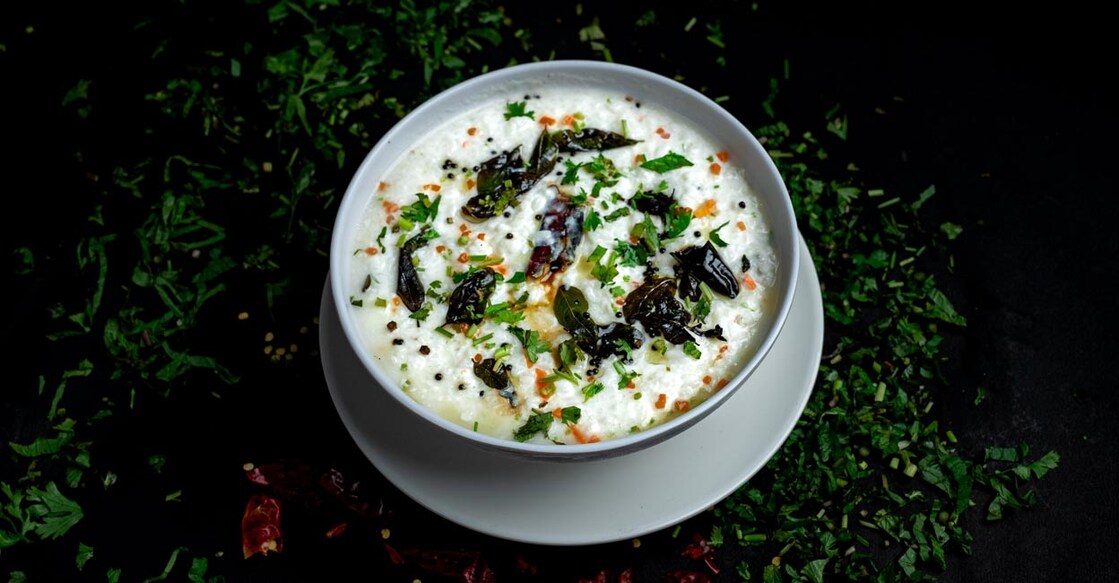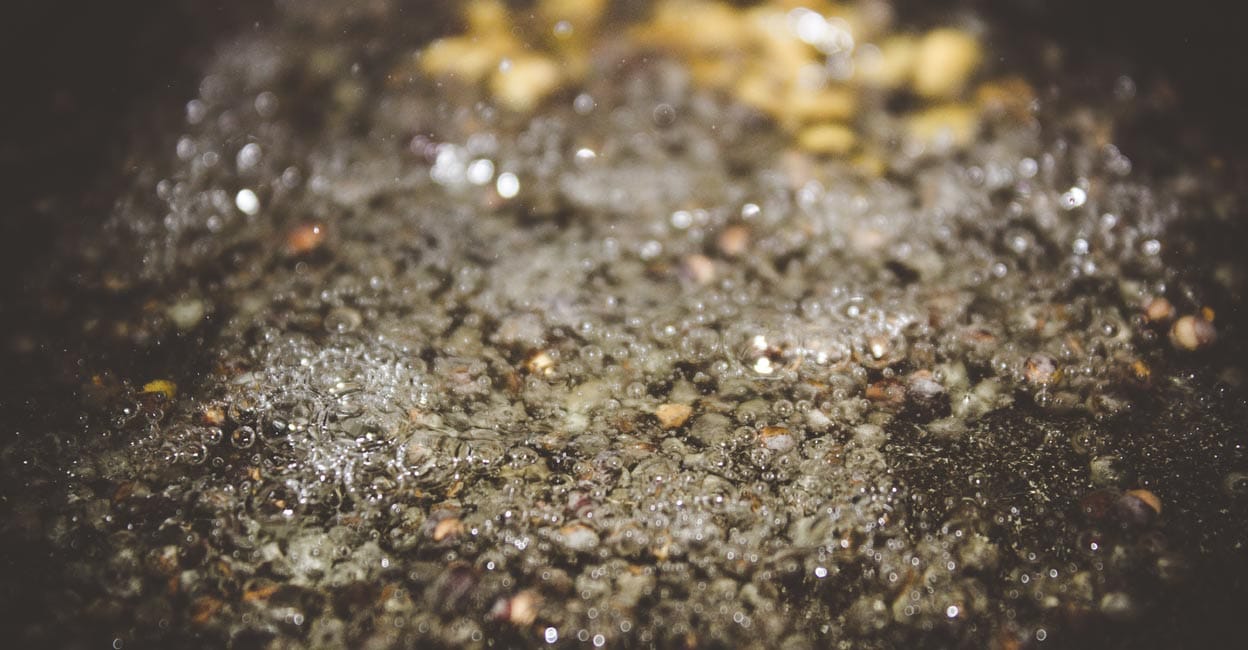Why South Indian cooking always starts with popped mustard seeds

Mail This Article
In South Indian kitchens, the first sound you often hear isn't a knife chopping or a spoon stirring. It's the sharp pop of mustard seeds hitting hot oil. This moment marks the beginning of a process known as tempering, or tadka or thaalippu, depending on the region. This technique is foundational in South Indian cuisine, infusing dishes with flavour and aroma right from the start.
Tempering involves heating oil and adding whole spices, allowing them to release their essential oils and aromas. Mustard seeds are typically the first to go in. As they sizzle and pop, they transform from their raw, bitter state into something nutty and aromatic. Following the mustard seeds, other ingredients like curry leaves, dried red chilies, urad dal, and asafoetida are added. Each contributes its unique flavour and texture, creating a complex base that defines many South Indian dishes. This combination is not only traditional but also practical, as it enhances the taste and digestibility of the food.
The use of mustard seeds in tempering is deeply rooted in South Indian culinary traditions. It's a technique passed down through generations, integral to dishes like sambar, rasam, and various vegetable curries. Moreover, mustard seeds are believed to have health benefits. They are known to aid digestion and have been used in traditional medicine for their therapeutic properties.
Bursted mustard seeds do more than add taste. They bring aroma, reflect tradition, and even offer some digestive benefits. It’s a small step that leaves a big impact on how the curry smells and tastes.

1. Flavour foundation
When mustard seeds are heated in oil until they pop, they release a nutty, pungent, slightly bitter taste that forms the flavour base of many South Indian dishes. This step enhances the depth and complexity of the curry.
2. Aromatics activation
Popped mustard seeds are usually added along with other ingredients like:
Curry leaves
Dried red chillies
Urad dal or chana dal
Asafoetida (hing)
This combo infuses the oil with intense aroma and flavour, which then coats the rest of the dish when the tempered oil is poured in.
3. Cultural and regional identity
This tempering method is a hallmark of South Indian cuisine, particularly in Kerala, Tamil Nadu, Karnataka, and Andhra dishes. The burst of mustard is a recognizable scent in most South Indian homes. It’s the "sizzle of authenticity."
4. Digestive benefits
Mustard seeds are believed to:
Aid digestion
Stimulate appetite
5. Act as a mild preservative
In South Indian pickles, mustard seeds are often a key ingredient. Their antimicrobial action helps extend shelf life. Similarly, in coconut-based curries and chutneys, which tend to spoil quickly, tempering with mustard seeds helps delay fermentation or souring, especially when combined with ingredients like curry leaves, dry red chillies, and oil.

